Recent headlines have been screaming that the government is planning to “water down wine” to put a stop to “middle class drinking”.
According to The Daily Telegraph, Earl Howe, an undersecretary in the Department of Health, wants the EU to change the technical definition of wine from containing a minimum of 8.5% ABV to 4.5% - and is going to continue to lobby the EU to bring lower-alcohol wines back to the discussion table (metaphorically speaking).
As well as prompting the usual ranting about politicians meddling in people’s lives, there has been a fair amount of derision online for the “underwhelming” offering of lower alcohol wine. One commentator to the Daily Mail’s website described 8.5% ABV wine as tasting of “an immature bears [sic] armpit”, while Sunday Telegraph wine columnist Victoria Moore dismissed “artificially created” low alcohol wines as tasting “rubbish”.
As it happened, this morning I was sitting across a table from Thomas Jung, chief winemaker to Australian Vintage, as he discussed his new baby – the 5.5% ABV Miranda Summer Light range, which was unveiled two weeks ago and rolls into Tesco and Morrisons next month.
Low and de-alcoholised wines are not new – Australian Vintage has been making them for more than 20 years, primarily for the Nordic countries – and in recent years, an increasing number of brands have come to market.
However, according to Jung, it is thanks to new techniques and technology that low-alcohol wine can start to hit the taste profile sought by demanding consumers, and deliver a quality proposition.
According to a recent report from Wine Intelligence, the sub-10.5% ABV wine category is growing “in stature” around the world, and Brand Phoenix – which co-owns First Cape Light – says it has the potential to become a 5 million-case category.
This demand is being “significantly” driven by consumers – the category is now worth £42m a year – but Jung is convinced that we’re only at the beginning of the road towards better quality lower alcohol wine.
“It’s up to us an industry to ensure we put products on shelf that appeal to consumers, that are drinkable, approachable and deliver on quality expectation,” Jung said - and it seems the government agrees.
So, what was my verdict on the new Miranda Summer Light range? Although you can argue that Australian Vintage is playing it safe by rolling out a shiraz and sauvignon blanc, it does seem to be a playing to its strengths, producing very credible examples of two of Australia’s most widely grown grapes. The sauvignon blanc was pale, delicate and considerably more citrusy than I’d been expecting – I had anticipated a higher sugar content, as with many de-alcoholized wines but it only contains 15g/100ml. It also contains a percentage of cool harvest Adelaide Hills grapes blended in to add extra complexity. The deep raspberry of the shiraz packed a surprising punch of flavour and tannins for a lighter style wine – although I have to admit that at 9.30 in the morning, I was pretty glad they were only 5.5% ABV (spittoons notwithstanding).
And there were absolutely no bear armpits in sight.







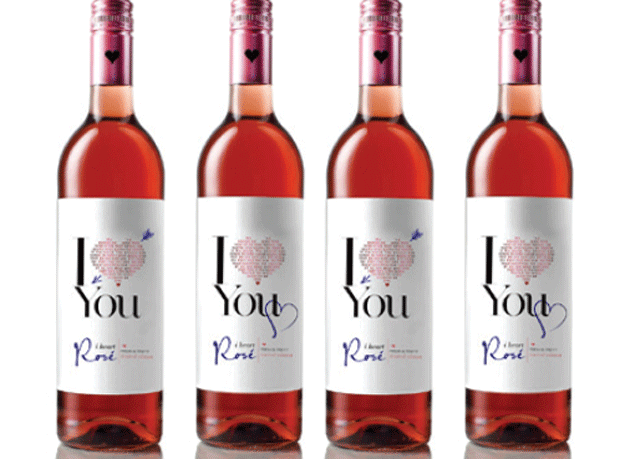
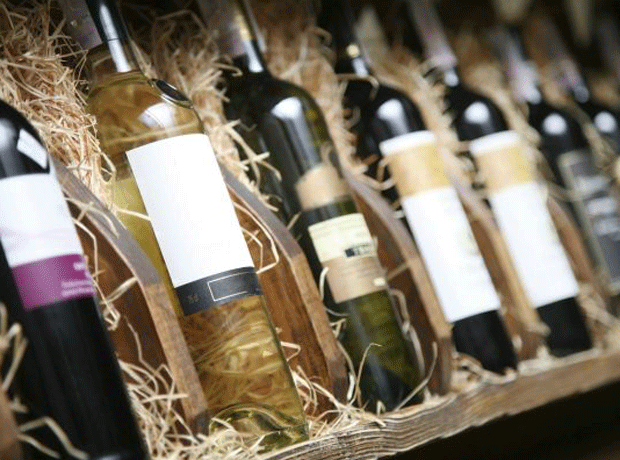



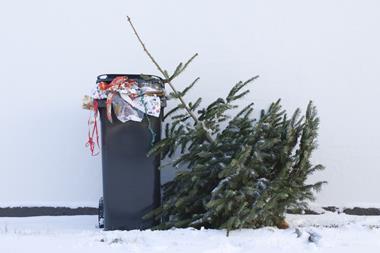



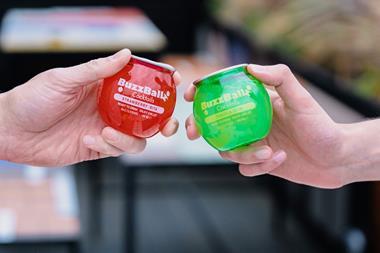
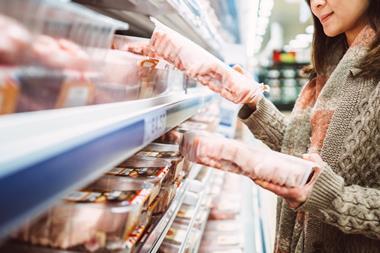
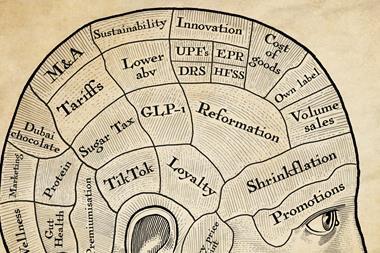
No comments yet